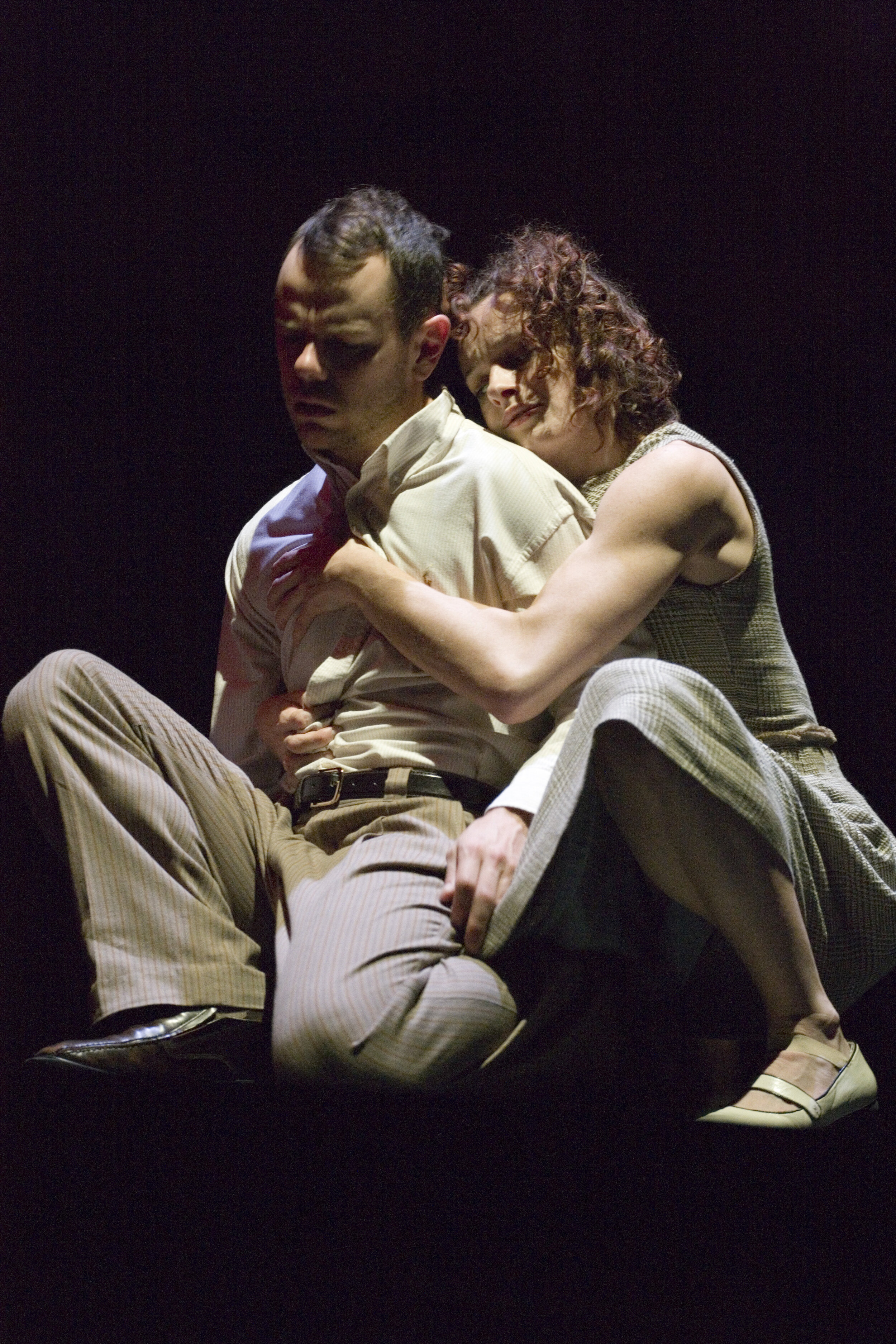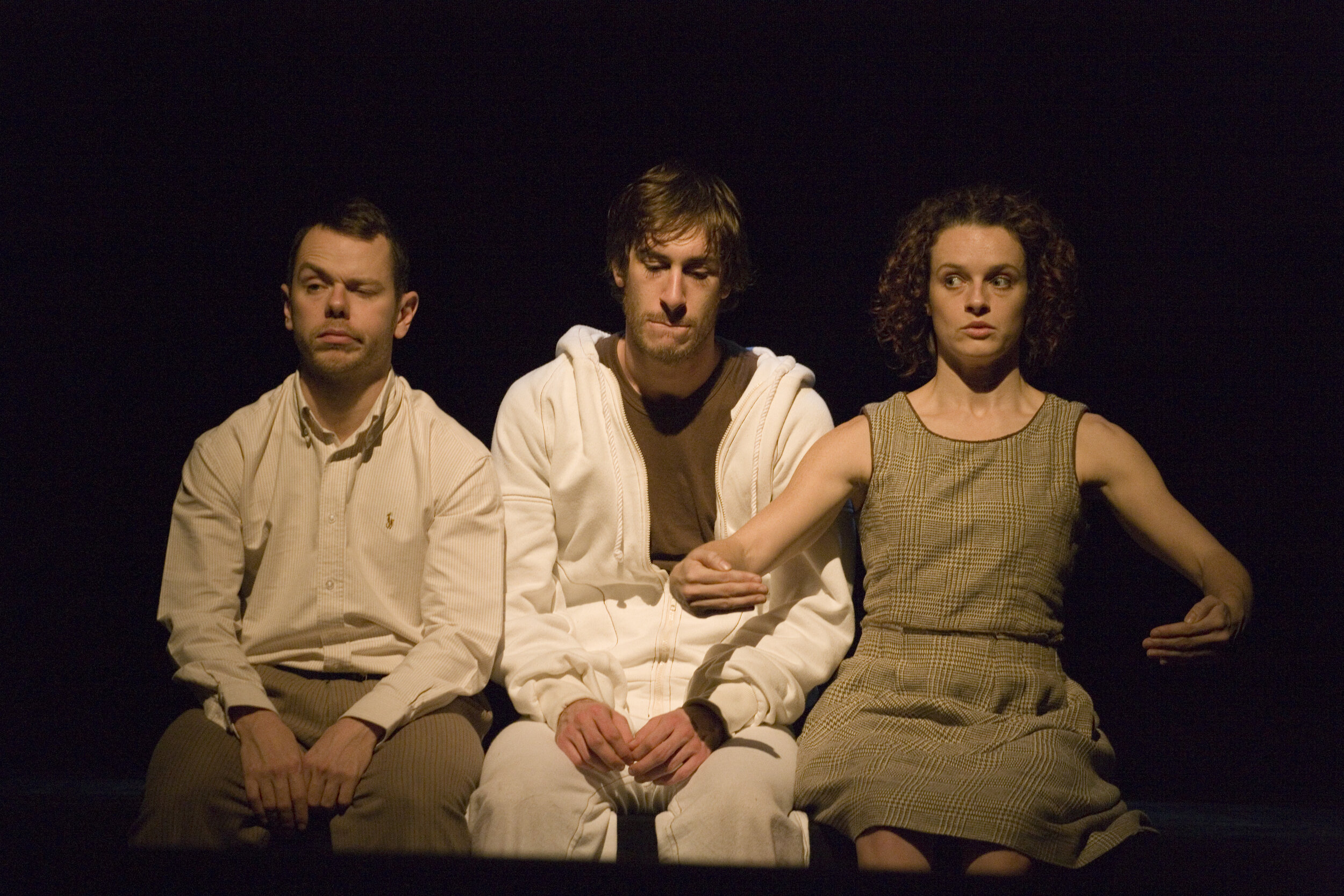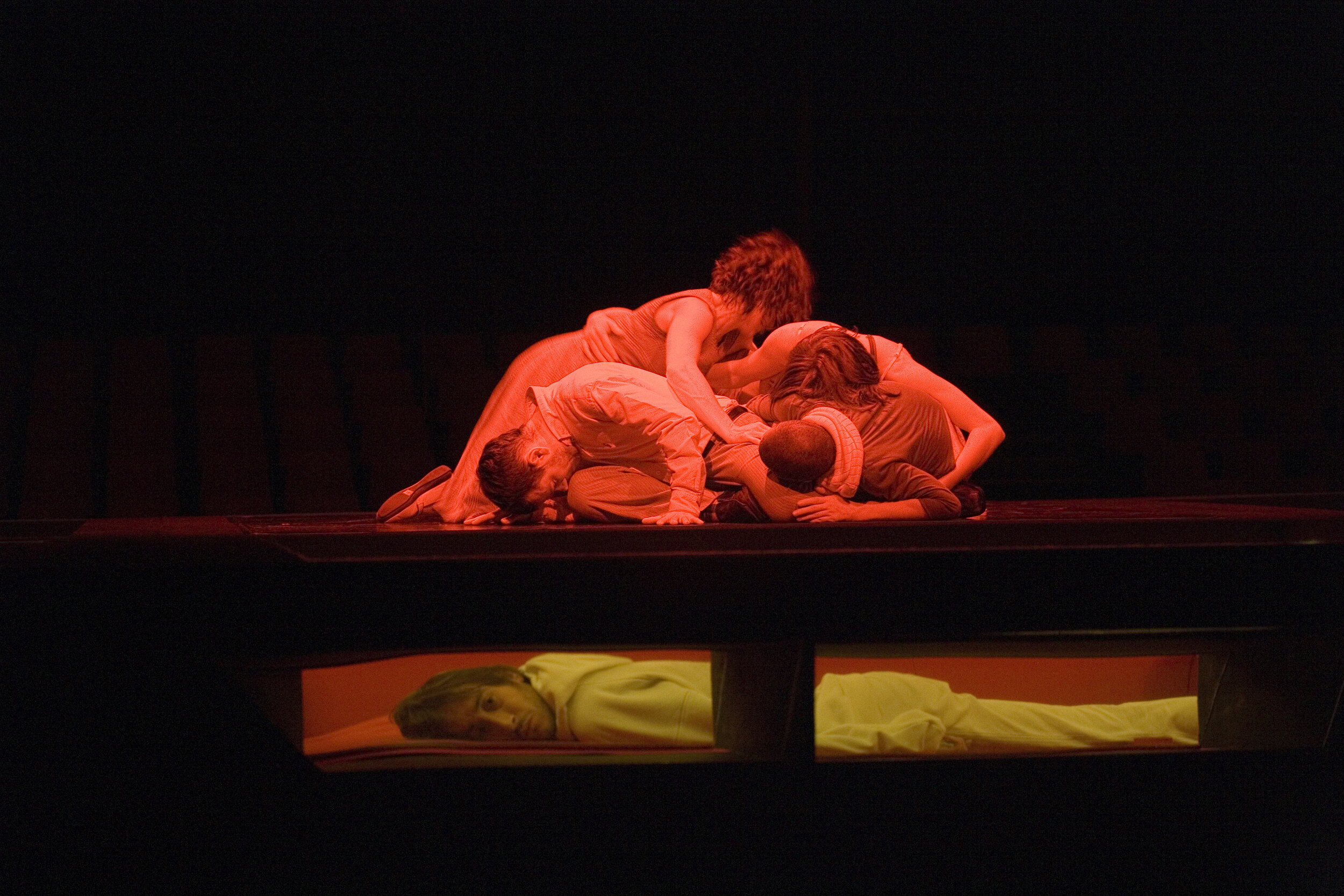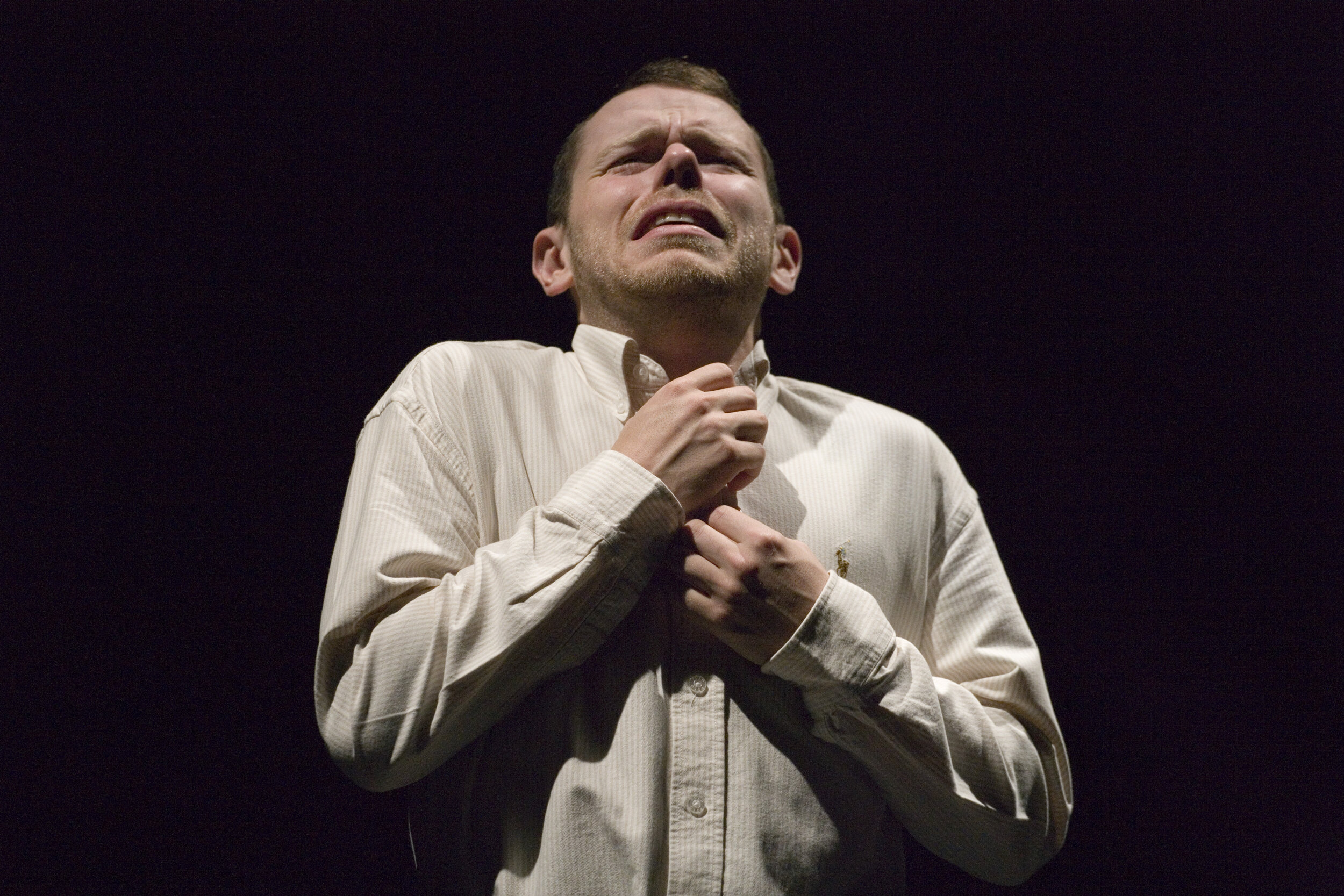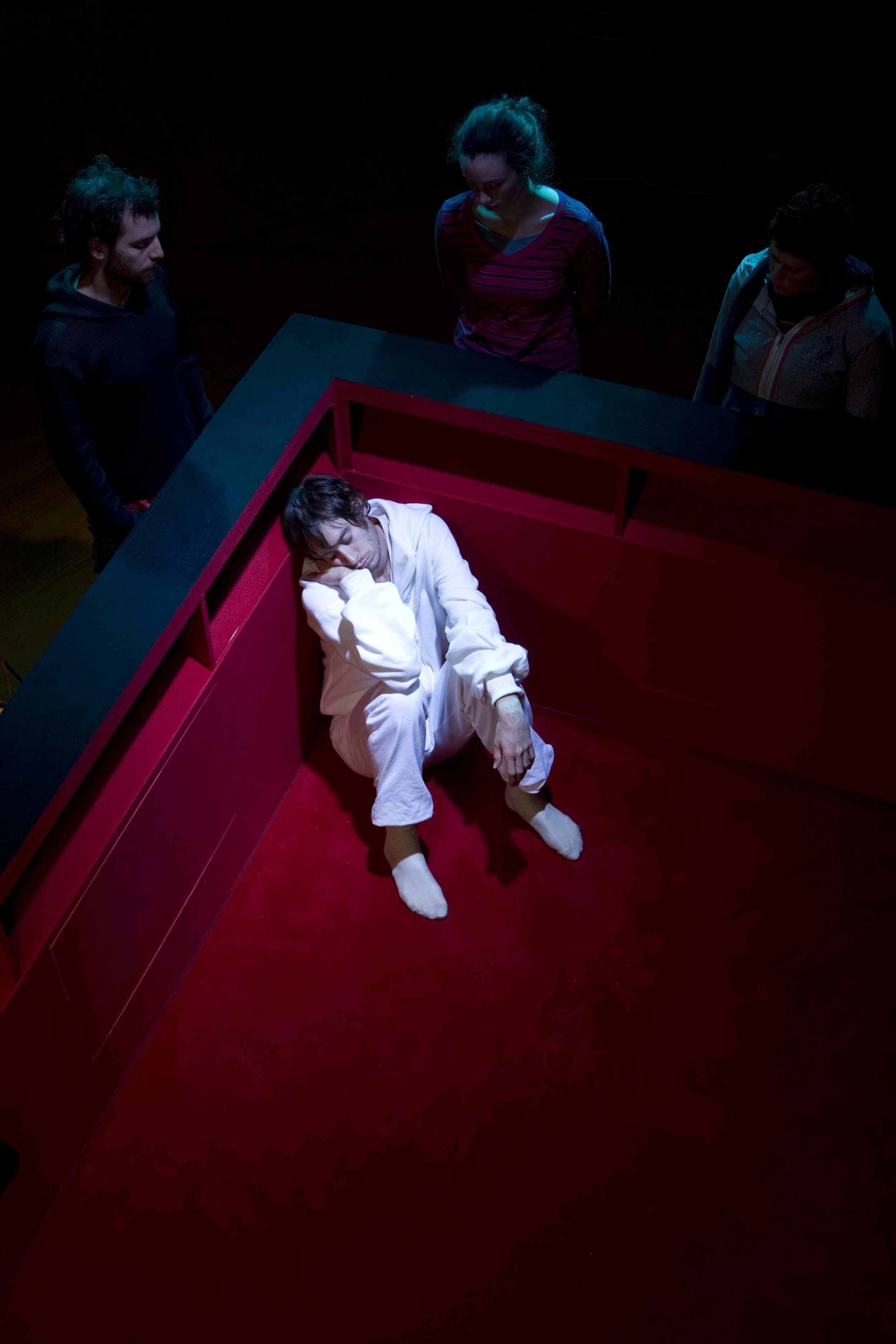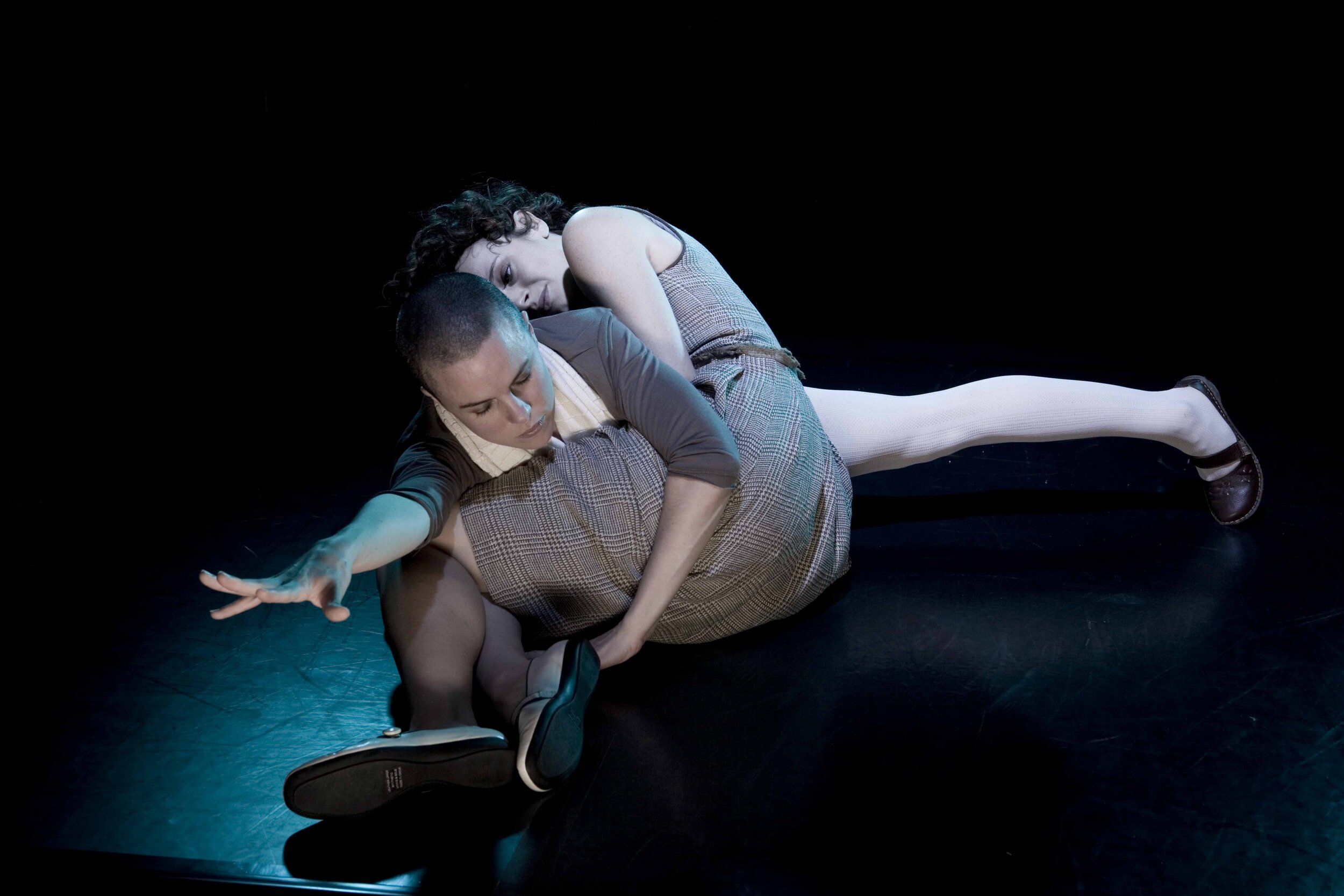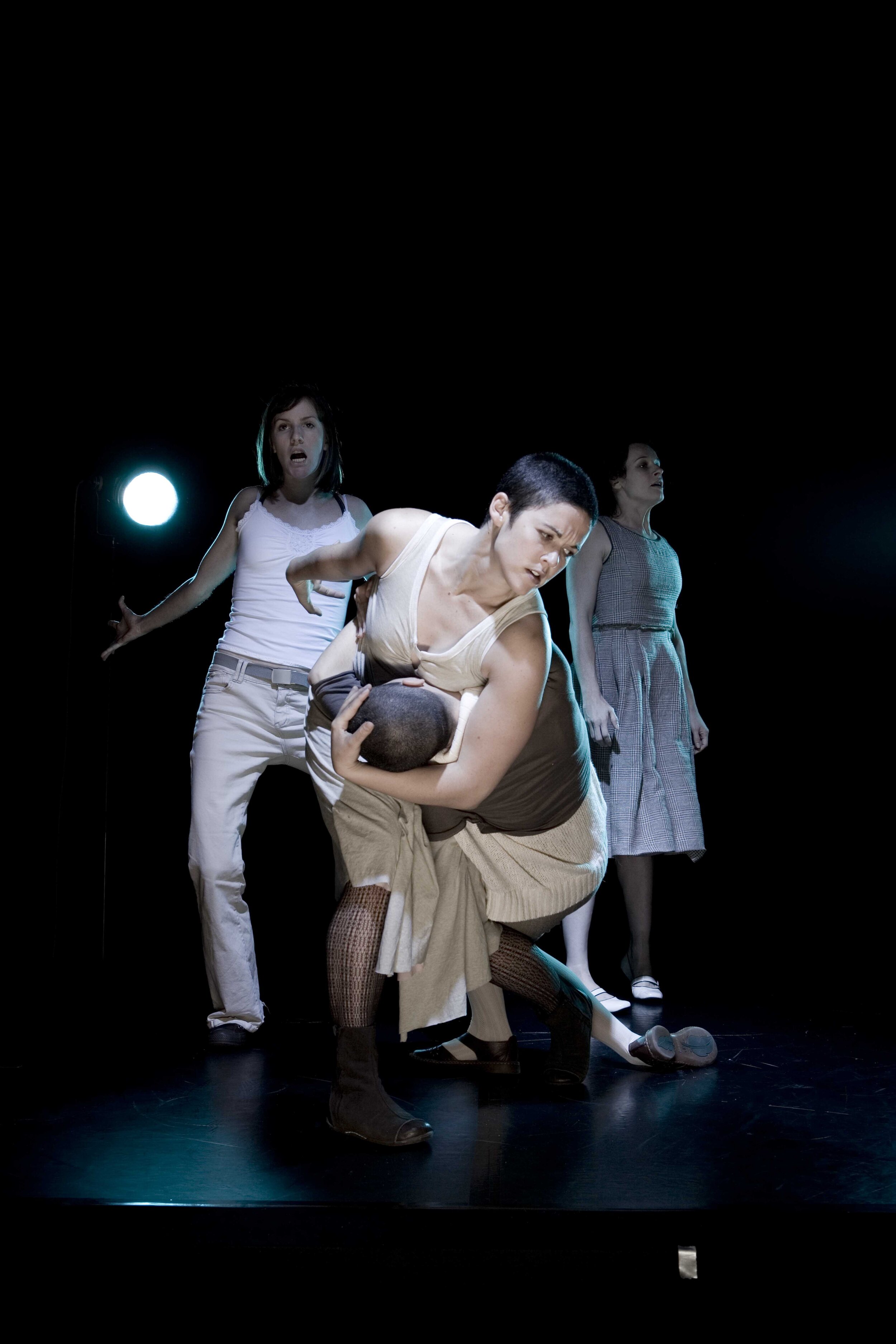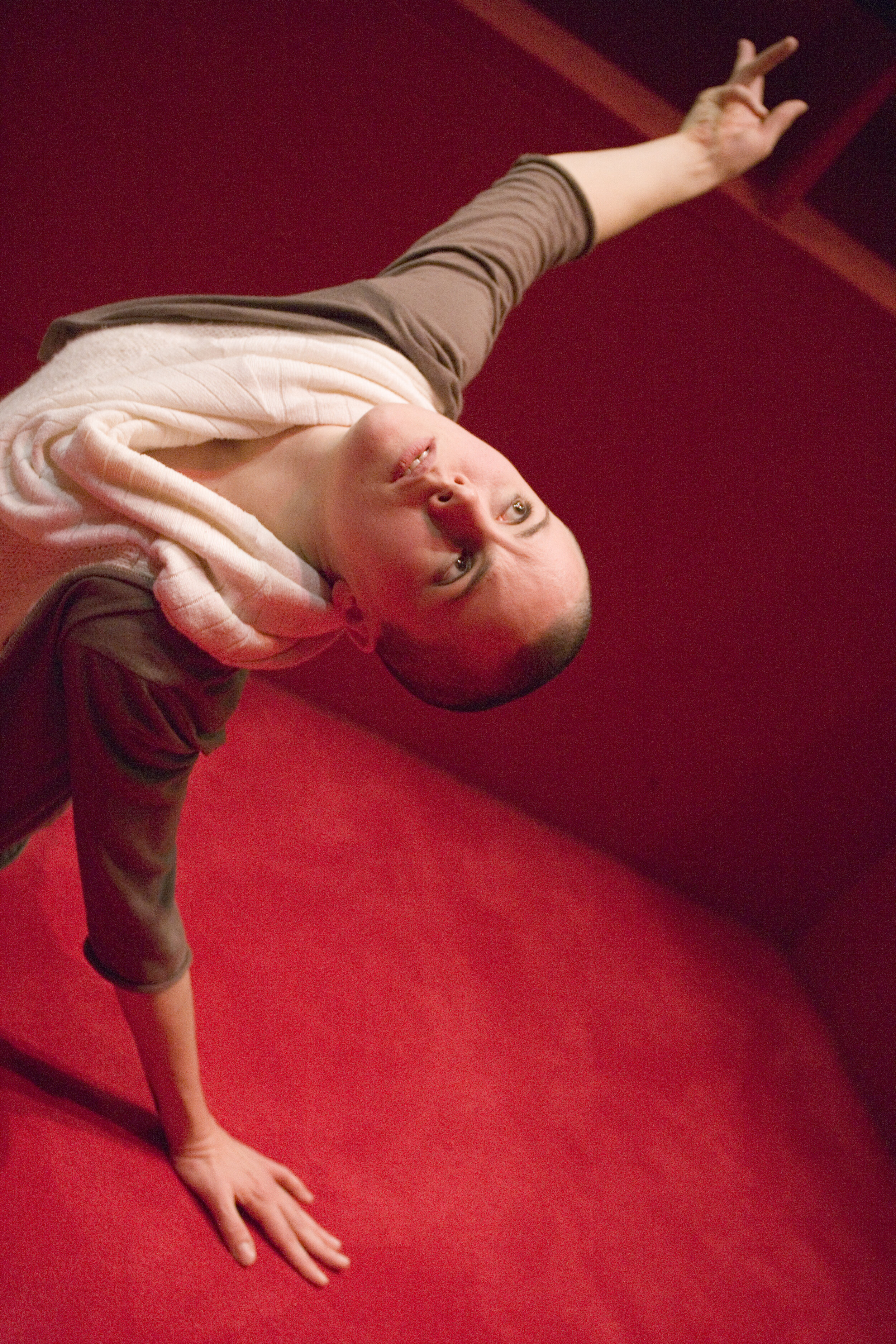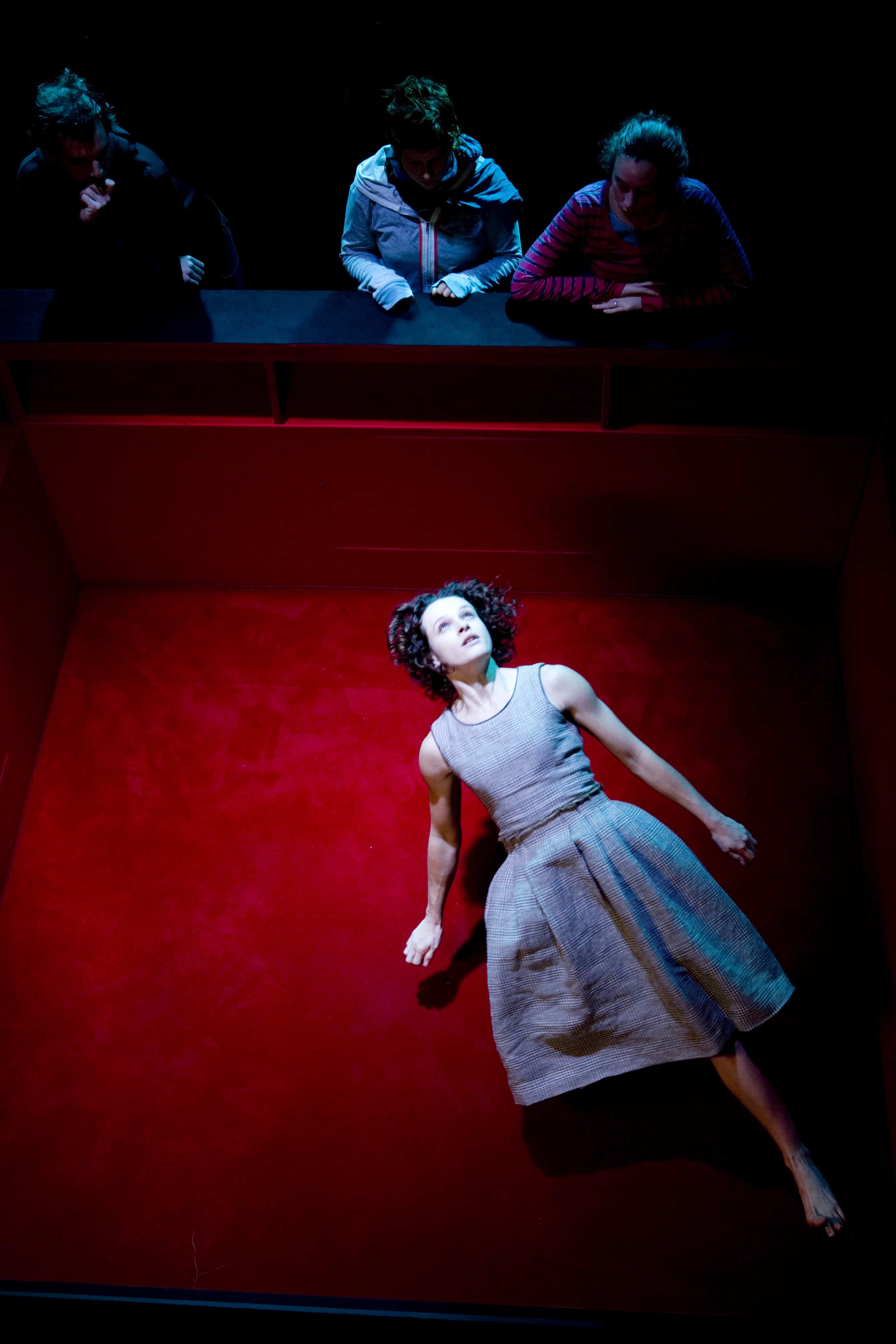Singularity 2006
In the course of a lifetime, the average person spends six months stuck in traffic, nine months ironing clothes, four months queuing at the supermarket and two weeks riding in lifts. In these blank spaces of everyday life passions or anxieties that are normally held in check may erupt in less than a second. Singularity was a physical exhibition of such emotional states. Extended and expanded from the brief surges in which they normally find expression, these states were viewed up close, putting audiences in close proximity with moments of feeling that are usually over before they have begun. As dancers manifested these internal states with precision and expressive nuance, the onlooker was invited to wander between simultaneous performances set on a series of ever-shifting stages.
Creative Team
Choreography & Direction Gideon Obarzanek
Sound Design Darrin Verhagen
Costume Design Paula Levis
Lighting Design Niklas Pajanti/Trafficlight
Set Design Dirk Zimmermann
Original Performers Kristy Ayre, Antony Hamilton, Paea Leach, Kirstie McCracken, Carlee Mellow, Lee Serle, Jade Dewi Tyas Tunggal (Understudy)
Artistic Director Gideon Obarzanek
Executive Producer Vivia Hickman
Stage Manager Annette Dale
Lighting Operation Jenny Hector
Sound Technician Nick Roux
Production & Operations Manager Donna Aston
World Premiere
12 May 2006 Melbourne
A note from Gideon Obarzanek
Recently I was looking at the work of Thomas Demand, an artist who painstakingly creates intricate paper and card models of mundane civic work and private spaces. In viewing Demand’s detailed work I began to think of the uninteresting and familiar places where I spend much of my time yet pay little attention to. It is precisely in these familiar places, these gaps between engagement with the world around me, that I have sometimes experienced brief moments of the most profound happiness, sadness, fear and pleasure.
As a choreographer, I have become increasingly envious of literature’s ability to describe people’s dramatic states of mind while they are doing nothing or at most, very little. Dance can only describe through action and similar to theatre’s limitation, where characters are restricted to dialogue to express themselves, emotions in dance are almost exclusively revealed through the body in motion. Pretty obvious stuff, however when I have experienced moments of intense emotions I have often not been in particularly interesting situations or places. My body has been mostly still and the actual sensory experience quite brief.
In September 2005, Chunky Move was invited for a residency at the National Gallery of Australia to study a Bill Viola exhibition, The Passions, while continuing our development of Singularity. Viola’s work centred on studying people’s changing emotions with very high-speed cameras. The results were extreme slow motion, very high definition video portraits. Not only were the works compelling but so were the people viewing them. It seemed that the observers often adopted the emotions displayed on the screens. Apart from the works and their fascinating, contagious phenomenon, another inspiration was part of a lecture by Viola about the making of his work. He talked about the need to find time and space for isolation and the importance of loneliness. He was speaking about the state an artist needs to access to make work, but it also struck me as similar to the moments that can occur in those mundane places and situations in life, gaps between engagement where there is space for emotions to surge to the surface, if only briefly.
I would like to thank everyone involved with the project, particularly the dancers who have personally contributed so much in the development of this work. And a special thank you to architect, Dirk Zimmermann from Studio 505, whose work has uniquely defined how we view this performance.
“Singularity describes Gideon Obarzanek, whose choreography has provoked controversy, fed fashion, shifted boundaries and ruffled feathers since before he and his company Chunky Move took up residence in Melbourne in 1997” The Age

